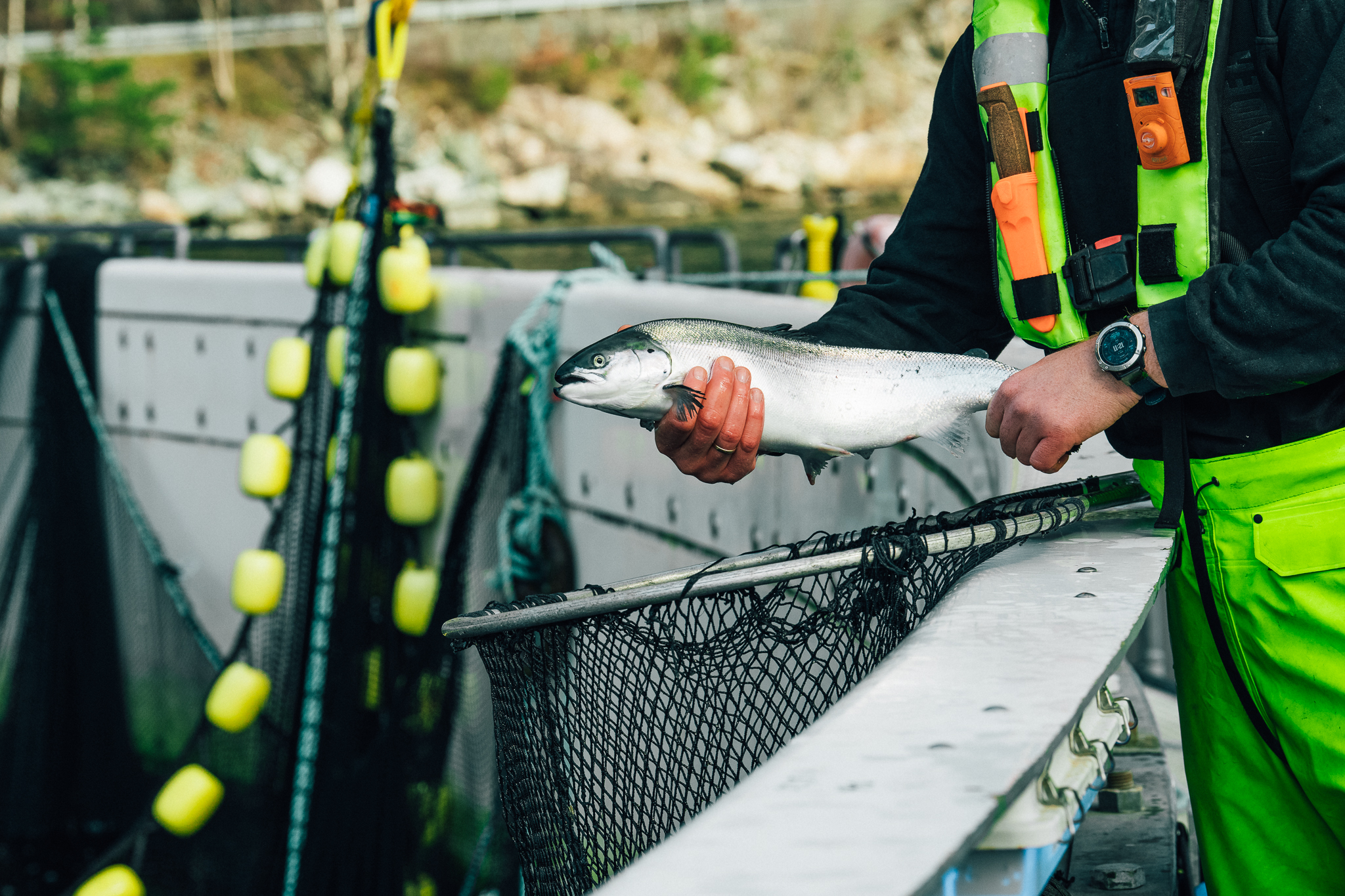Parasite management is one of aquaculture’s most important ongoing priorities. Around the world, farmers are investing in strategies to keep fish healthy, meet regulatory requirements, and maintain strong market relationships.
Among the most effective approaches are closed-containment systems – designed to reduce contact between farmed fish and parasite-rich surface waters, while providing stable and controlled growing conditions.
Reducing Exposure from the Start
Sea lice thrive in the upper water layers where most traditional pens draw water. By sourcing clean water from deeper, cooler depths, closed systems significantly limit exposure to lice and other marine pathogens.
Aquafarm Equipment’s floating semi-closed system goes a step further. Its deep-water intake ensures a stable supply of cleaner water, while precise control of oxygen levels creates optimal conditions for fish health. This preventive approach reduces the need for chemical treatments and supports stronger growth performance.
Stable Conditions, Healthier Fish
Consistent water temperature, oxygen levels, and CO₂ management are essential for fish welfare. Closed systems allow farmers to fine-tune these parameters, lowering stress and supporting a stronger immune response in the stock.
In Aquafarm’s projects – from Norway to Saudi Arabia’s NEOM – this stability has contributed to reduced mortality rates and more predictable harvests.
Environmental and Market Benefits
By capturing waste and uneaten feed, closed systems also help protect surrounding ecosystems. This is increasingly valued not only by regulators, but also by retailers and certification bodies looking for strong environmental performance in their supply chains.
Looking Ahead
Parasite and disease control will always be part of fish farming – but prevention at the system level can make the difference between constant treatment and consistent production.
Aquafarm Equipment’s closed-containment technology is designed to make prevention practical, scalable, and profitable – helping producers focus on growth, not firefighting.
